This large-scale graphic print series represents the casino wheel designs from the popular American television gameshow Wheel of Fortune which first aired in 1975. The work consists of progressively more complicated graphic designs from every 10 years of the shows syndication. These are digitally created by the artist via vector graphics programs and printed in archival inks on wall-sized cotton rag photographic papers. Wheel of Fortune (1975-) serves as a memorial record of the inflationary character of the U.S. and Global economies over the course of the show’s syndication and the years of the artist’s lifetime.
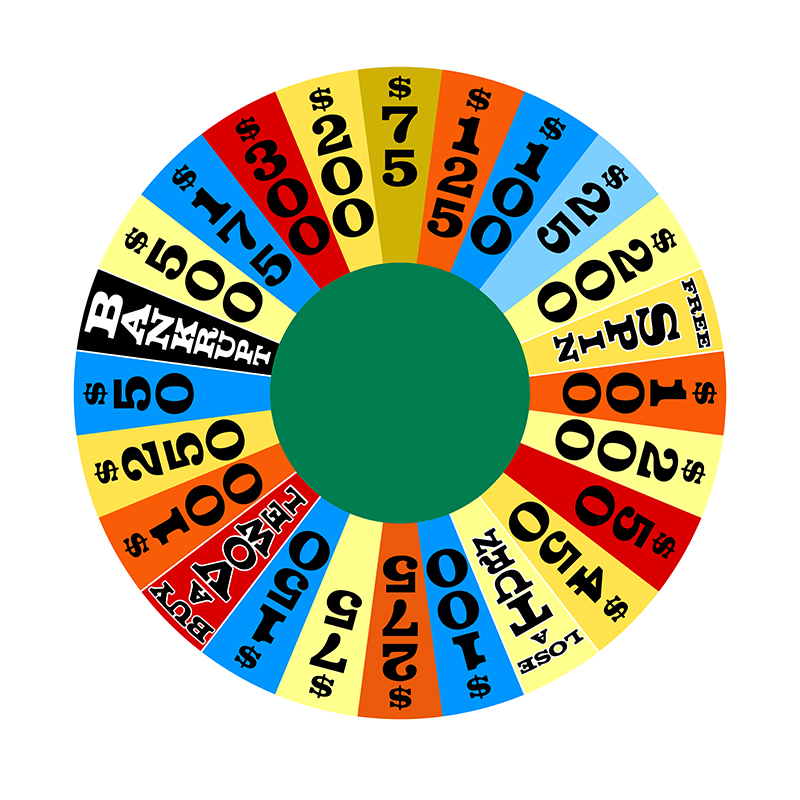
1975 Daytime Wheel, Round 1. Vector-based Graphics, Archival Pigment on Cotton Rag Paper, 111 x 111 cm, Edition of 5 / AP 1
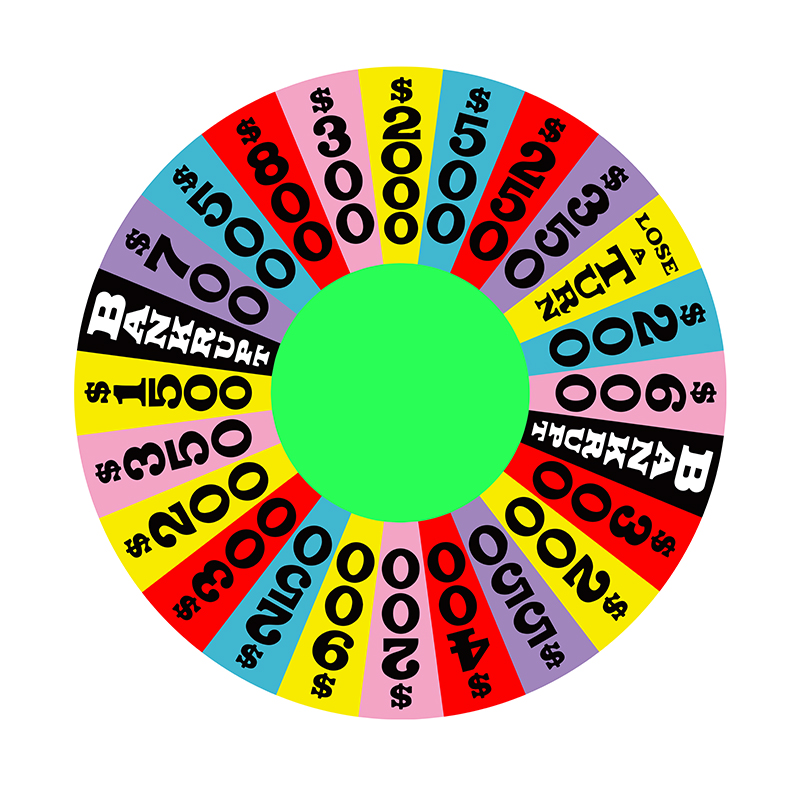
1985 Daytime Wheel, Round 2. Vector-based Graphics, Archival Pigment on Cotton Rag Paper, 111 x 111 cm, Edition of 5 / AP 1
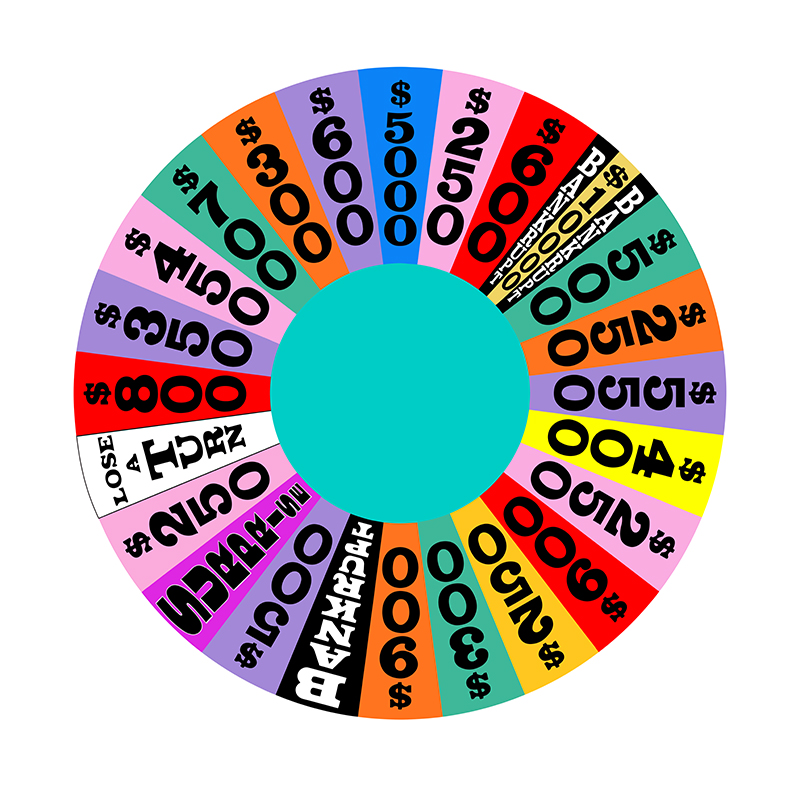
1995 Daytime Wheel, Round 2. Vector-based Graphics, Archival Pigment on Cotton Rag Paper, 111 x 111 cm, Edition of 5 / AP 1

2005 Daytime Wheel, Round 2. Vector-based Graphics, Archival Pigment on Cotton Rag Paper, 111 x 111 cm, Edition of 5 / AP 1
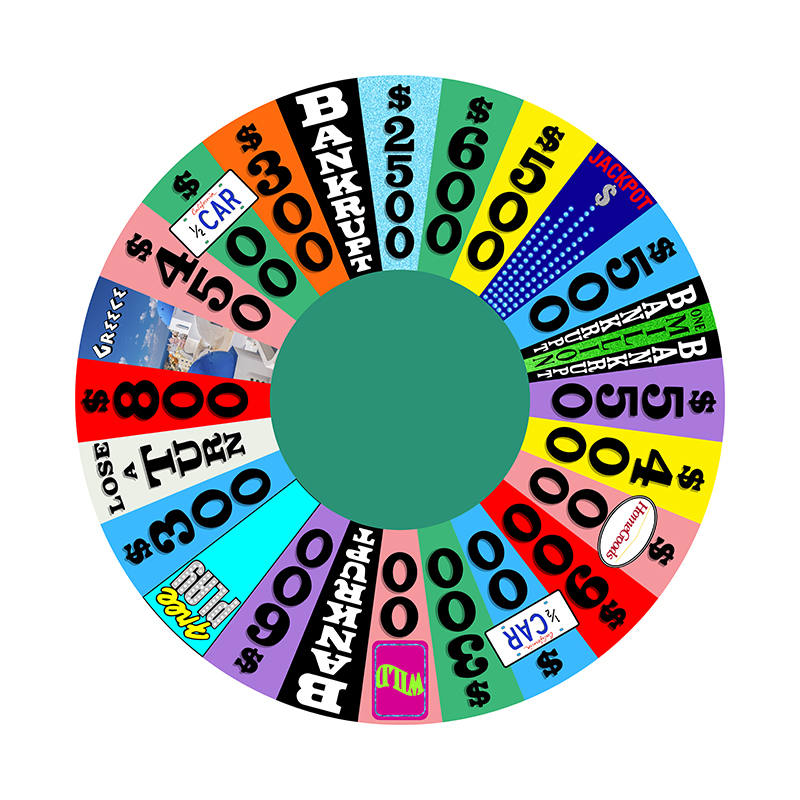
2015 Daytime Wheel, Round 1. Vector-based Graphics, Archival Pigment on Cotton Rag Paper, 111 x 111 cm, Edition of 5 / AP 1
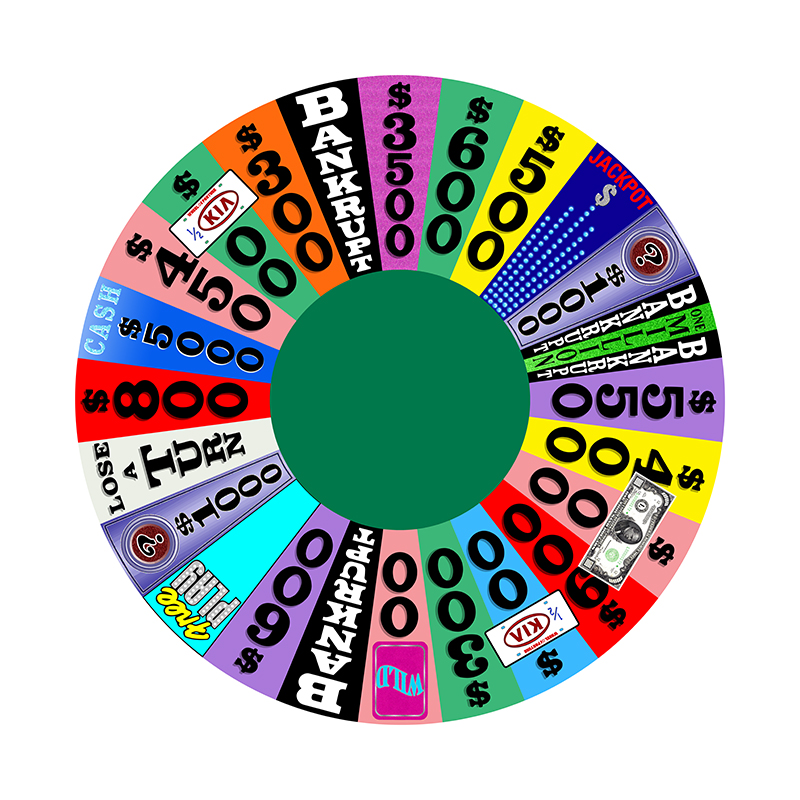
2020 Daytime Wheel, Round 1. Vector-based Graphics, Archival Pigment on Cotton Rag Paper, 111 x 111 cm, Edition of 5 / AP 1
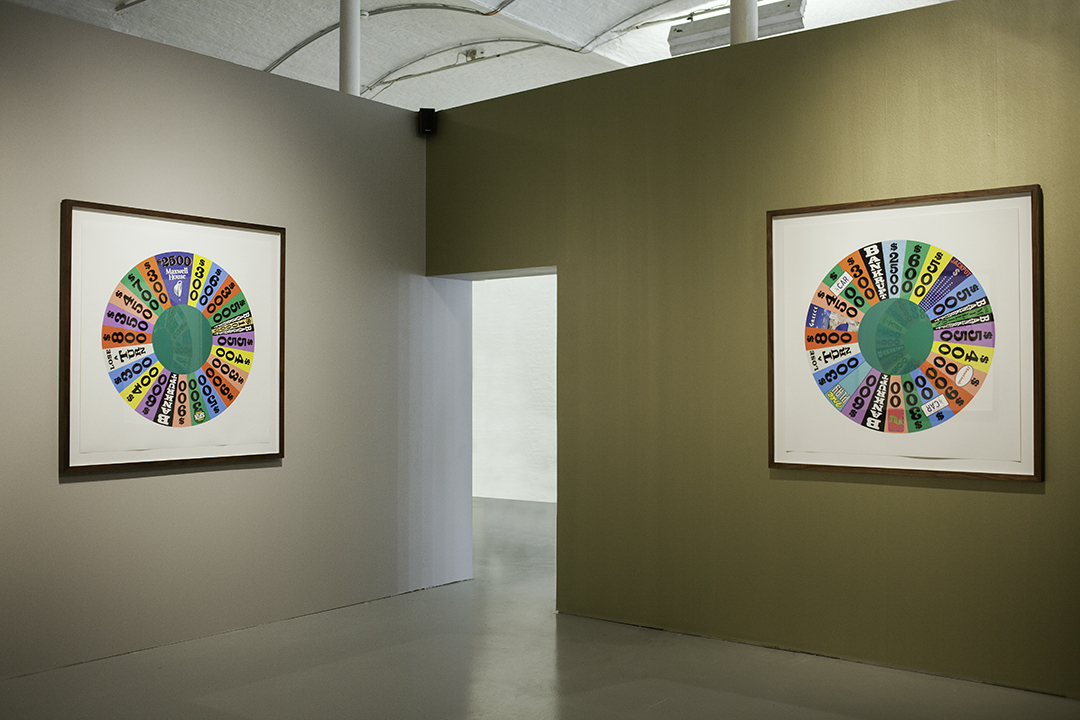
Daytime Wheels 2005 & 2015. / Courtesy of Brugge Triennial, Belgium.
Archival Pigment Prints on Cotton Rag Paper, 111 x 111 cm, Edition of 5 / AP 1
On Craig Havens’ Wheel of Fortune: Representing Capitalist Realism
The idea of a communist transcendence of capitalism traversed most of the 20th Century, but more or less died in 1989 with the opening of the Berlin Wall and the subsequent implosion of the Soviet Empire. In 1848 Karl Marx and Friedrich Engels ominously boasted of the spectre of communism haunting Europe. And in 1990 East German poet and playwright Heiner Müller responded to current events with a book of poems called A Spectre is Leaving Europe.
Craig Havens was a teenager in the United States when the Cold War ended. Currently he has recently produced his Wheel of Fortune work in Berlin. This large-scale print series recreates the past four decades of casino wheel designs from the popular American television gameshow Wheel of Fortune. In Havens’ work capitalism presents itself as a natural order and Fortuna re-appears in the form of continuous booms and busts. And on the individual level, the well-established notion of going from rags-to-riches through hard work and initiative has been displaced by the idea of making your fortune with the help of Fortuna. In this respect, Havens’ Wheel of Fortune series offers a resonant emblem of the present.
Implicit in this series, is the demise of communism and the assumption that capitalist hegemony, to use a term associated with Italian Marxist philosopher Antonio Gramsci, now has few serious challengers. The spectre of communism hasn’t entirely left East Berlin and certainly fascinates the artist.
Cultural theorist Mark Fisher’s visionary book Capitalist Realism has the added sub-title Is There No Alternative? His writing has affinities with the art of Havens which encourages reflection on a difficult Fisher-type question: is there no alternative to the Wheel of Fortune? Both Havens and Fisher are profoundly aware that much of what passes for leftwing commonsense is irrelevant. They want fresh ideas in a grim situation where it is easier to imagine the end of the world than the end of capitalism.
Excerpt from the essay "On Craig Havens’ Wheel of Fortune: Representing Capitalist Realism" by David Evans. Researcher, Writer and Curator of photographic and print-based art. Publications include Appropriation (2009), Critical Dictionary (2011) and The Art of Walking (2013).